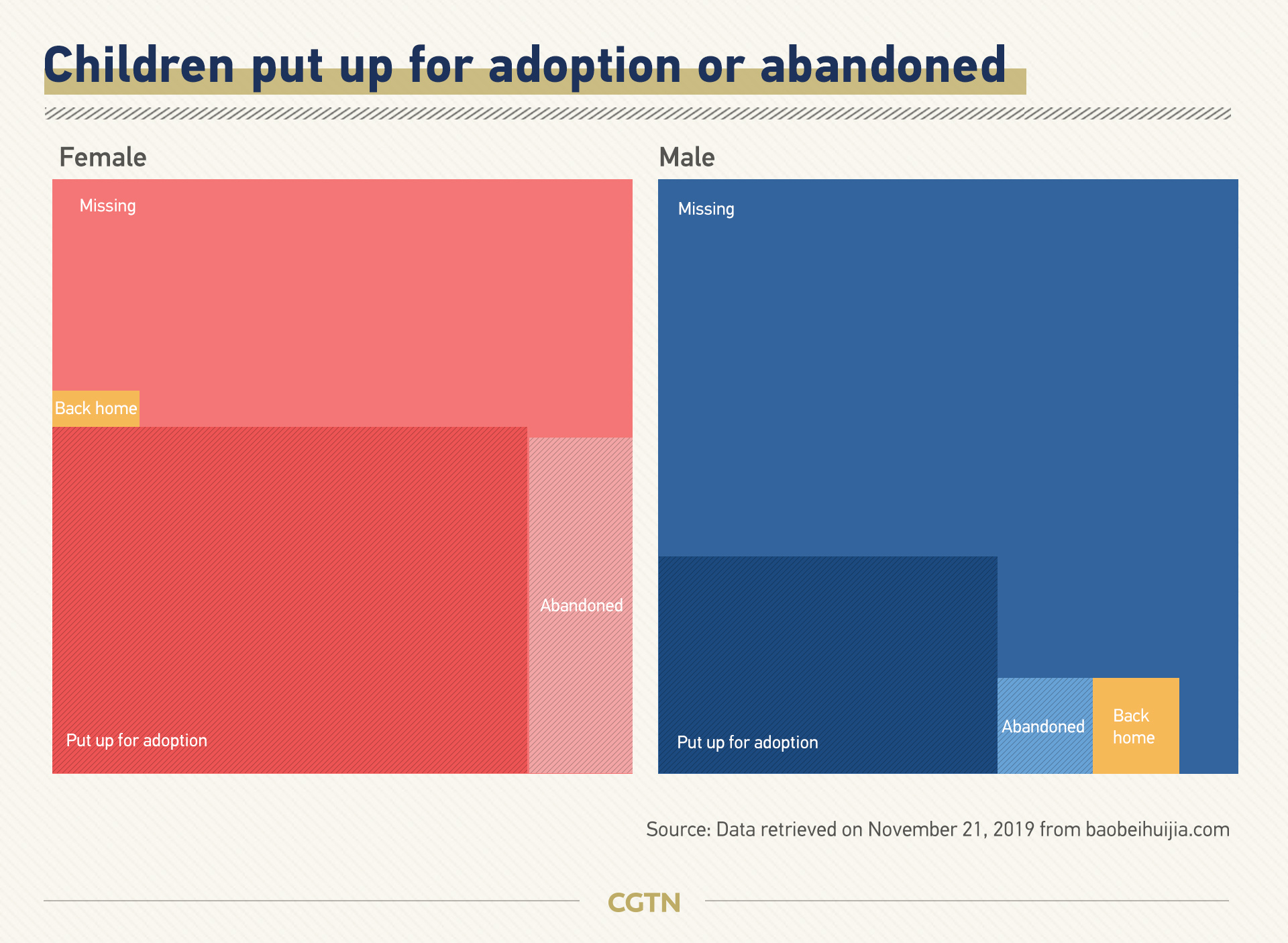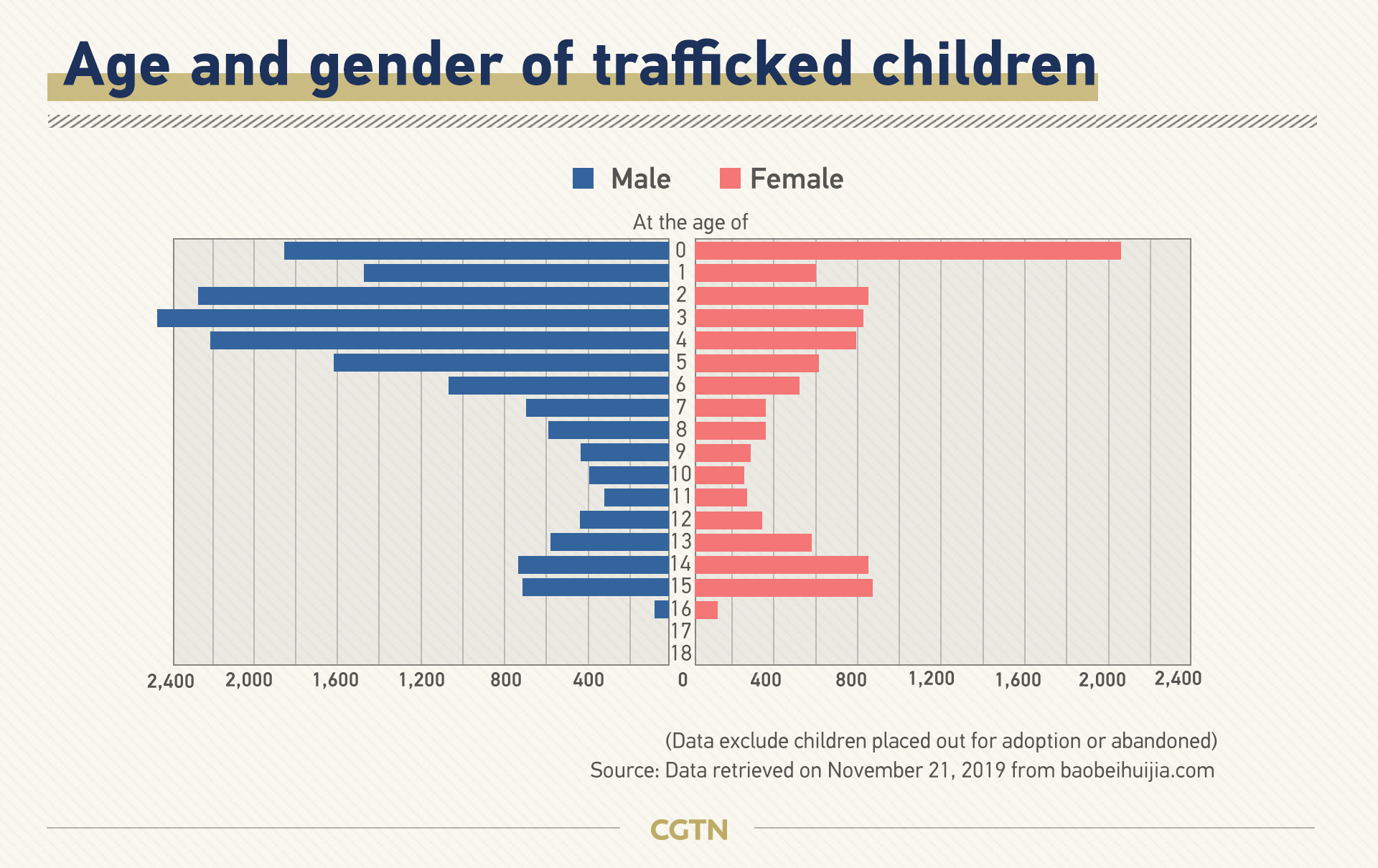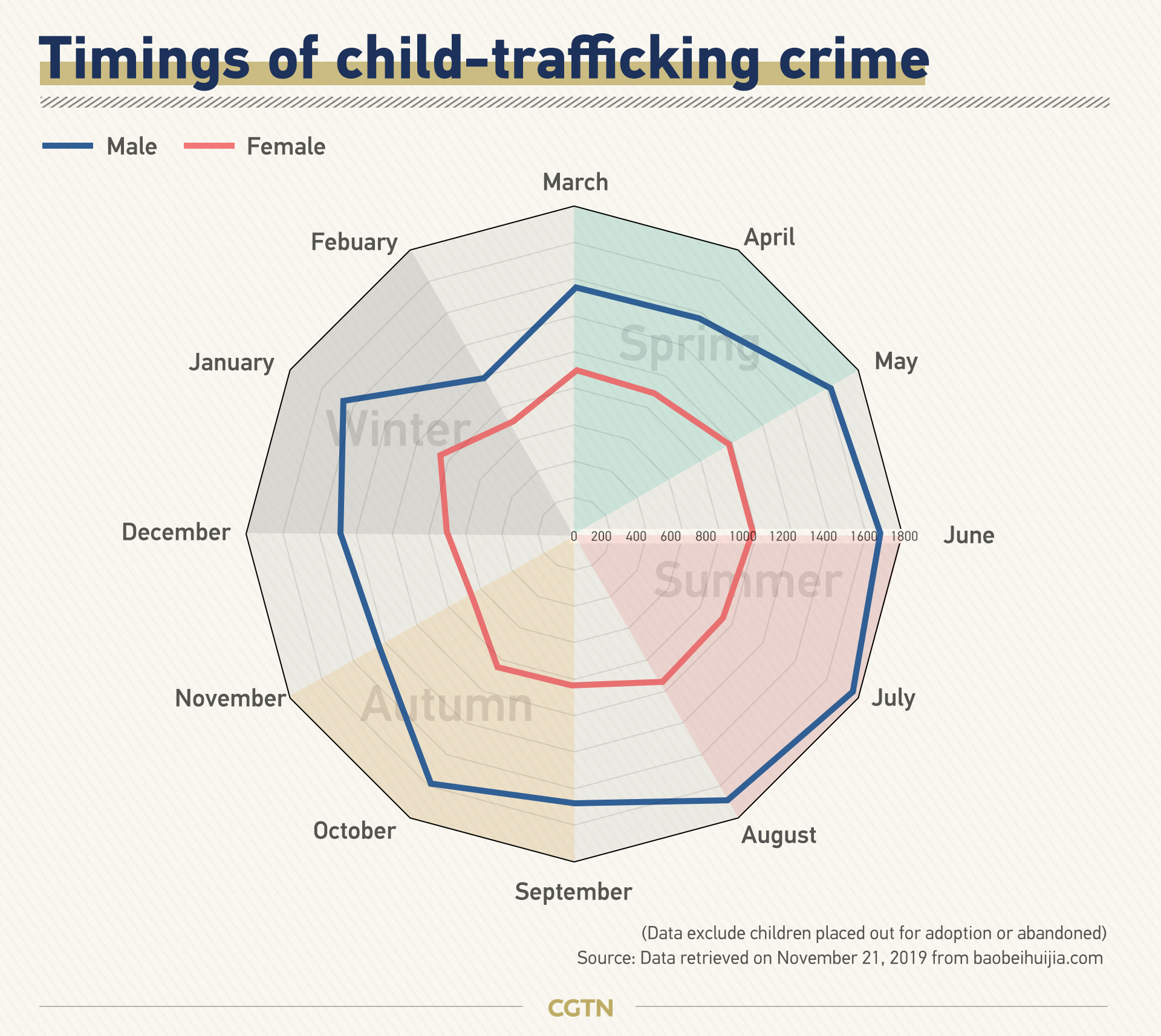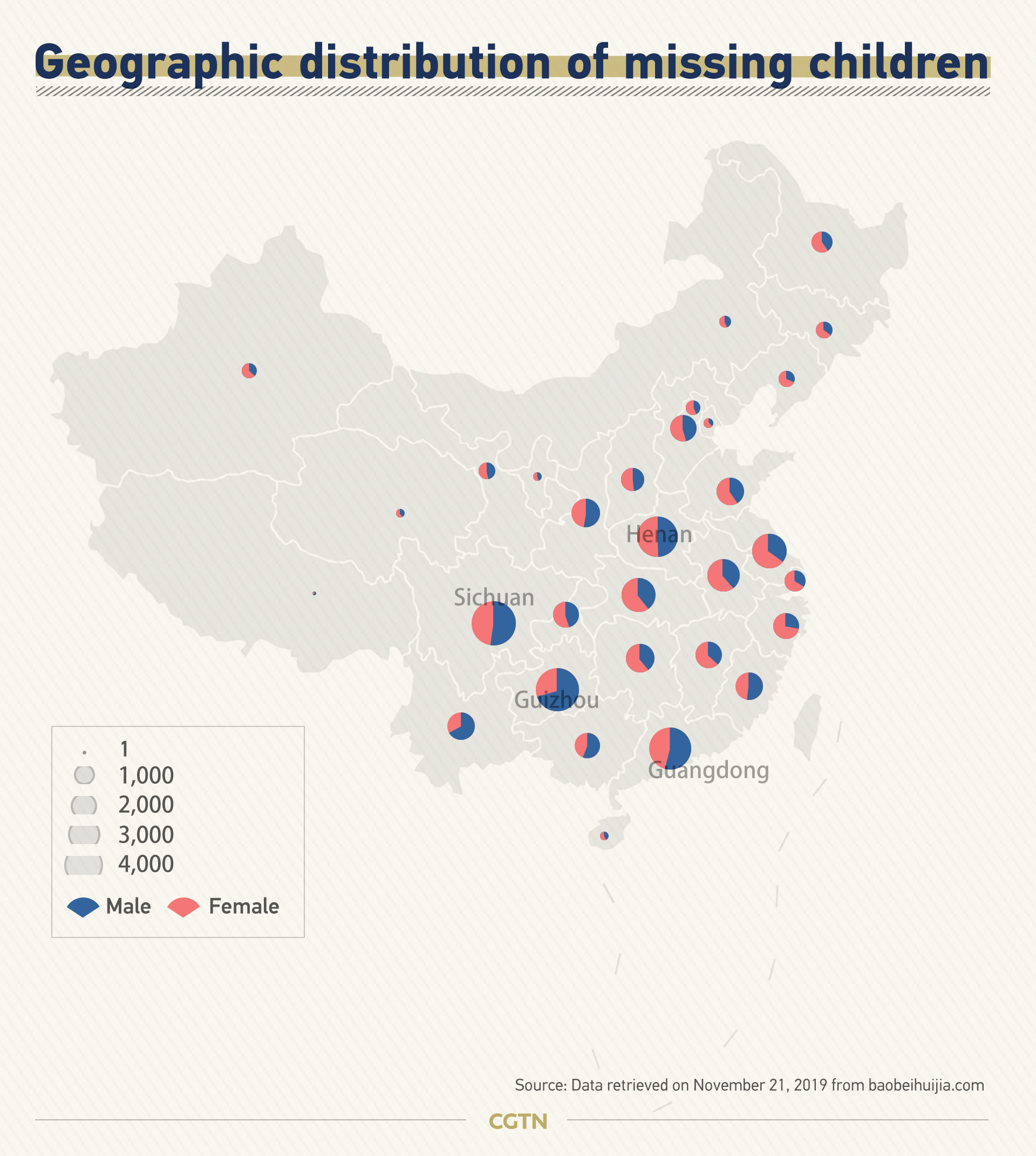China Has a Huge Missing Children Problem
China 17:53, 30-Nov-2019TranslateMissing children in China: Five questions to askBy Zhao Hong
A recent portrait of suspected child-trafficker “Aunt Mei” went viral on social media, stirring up widespread discussion online. Although the Chinese Ministry of Public Security refuted the rumors, the incident casts public concern for child protection.
How many children go missing in China every year? Estimates vary. Some put the number at 70,000. Regardless, most studies agree that only a very small number – perhaps five percent or even less – are ever found and reunited with their families.
Baobeihuijia.com (Baby Come Home) is China’s best-known non-profit online platform, which collects and provides information on missing children. Since its creation in 2007, it has more than 48,000 registered families searching for their children. Although the website cannot cover all missing children in China, the database depicts a big picture of this serious issue.
CGTN analyzed 48,369 pieces of the registered searches for children on Baobeihuijia.com, and through graphics focused on the demographic and geographic characteristics of missing children in China, it sheds light upon five important questions related to this problem.
1. How many children have gone missing over the years?

The number of missing children in recent decades jumped from the 1970s onwards, before reaching its peak around 1990, followed by an overall rapid decline.
Studies like the “Geographic Characteristics of Child Trafficking Crime in China” and “Child-trafficking networks of illegal adoption in China“, among others, suggest that the missing children phenomenon is inseparable from China’s family planning policy, which began in the 1970s, was written into the Constitution as a national policy in 1982, and then implemented in a strict manner.
On the other hand, since the 1990s criminal legislation on child-trafficking has evolved in a more comprehensive and detailed manner, while combat efforts intensified, corresponding to the decline pattern seen in the graphic.
2. How many missing children were abandoned or put up for adoption?

In 2015, China’s Supreme People’s Court stated that the number of cases related to child-trafficking by stealing or kidnapping dropped significantly, and most of the trafficked children were abandoned or sold by their family.
As we can see from the graphic, a large proportion of missing children were abandoned or given away. Besides, mirroring the age-old son preference tradition in China, more than half of missing girls were put up for adoption or abandoned. Nonetheless, the reality might be even worse than what the data tell us, as some families may not even register to look for their children or admit what they did.
3. What are the main targets of child-trafficking?

Losing a child is heartbreaking and can tear a family apart. The movies Dearest (released in 2014) and Lost and Love (released in 2015) tell stories of parents searching for their missing children, raising social awareness, and the needed discussion over child-trafficking.
Both films were inspired by real stories and focused on the trafficking of toddlers, the typical targets of child-traffickers.
The data show that infants (no gender preference) and boys between two and four years old are the main victims of child-trafficking.
4. What time of the year are children more likely to be trafficked?

The seasonal distribution indicates that summer was the time when most child-trafficking crimes happened. The number of crimes increases from March onwards, reaching the top in July and slowly falls in the autumn and winter, except for another noticeable high point in January, right before China’s Spring Festival.
The pattern might be explained by the fact that warm temperatures allow the children to play more outside. In all months, more boys were trafficked.
5. Where are the missing children from?

Missing children cases are found throughout the country, but they mainly concentrated in Guizhou, Sichuan, Guangdong, and Henan provinces.
Few parents are as lucky as the ones in the film Dearest, who finally located their abducted son after a three years’ search. In real life, more families spend endless time and money in desperate searches but still find no clues or untrue clues.
Government efforts in fighting child-trafficking
In 2009, the police set up a national anti-trafficking task force and a DNA database to match parents with missing children. The database helped more than 6,100 abducted children find their natural parents and homes.
In 2014, the public security ministry’s anti-human trafficking office clarified that the police should respond promptly when a child is reported missing. Parents do NOT have to wait 24 hours after the disappearance to report the case.
In 2015, China revised its criminal law to punish people who buy children. Previously, buyers may be exempted from criminal responsibility under certain circumstances.
In May 2016, the public security ministry launched a Web-based emergency alert system, called Tuanyuan (Reunion). As of November 20, the program shared information about 4,297 missing children. Of these, 4,217 have been traced back.
Data scraping: Lin Yu
Graphics: Yin Yating













